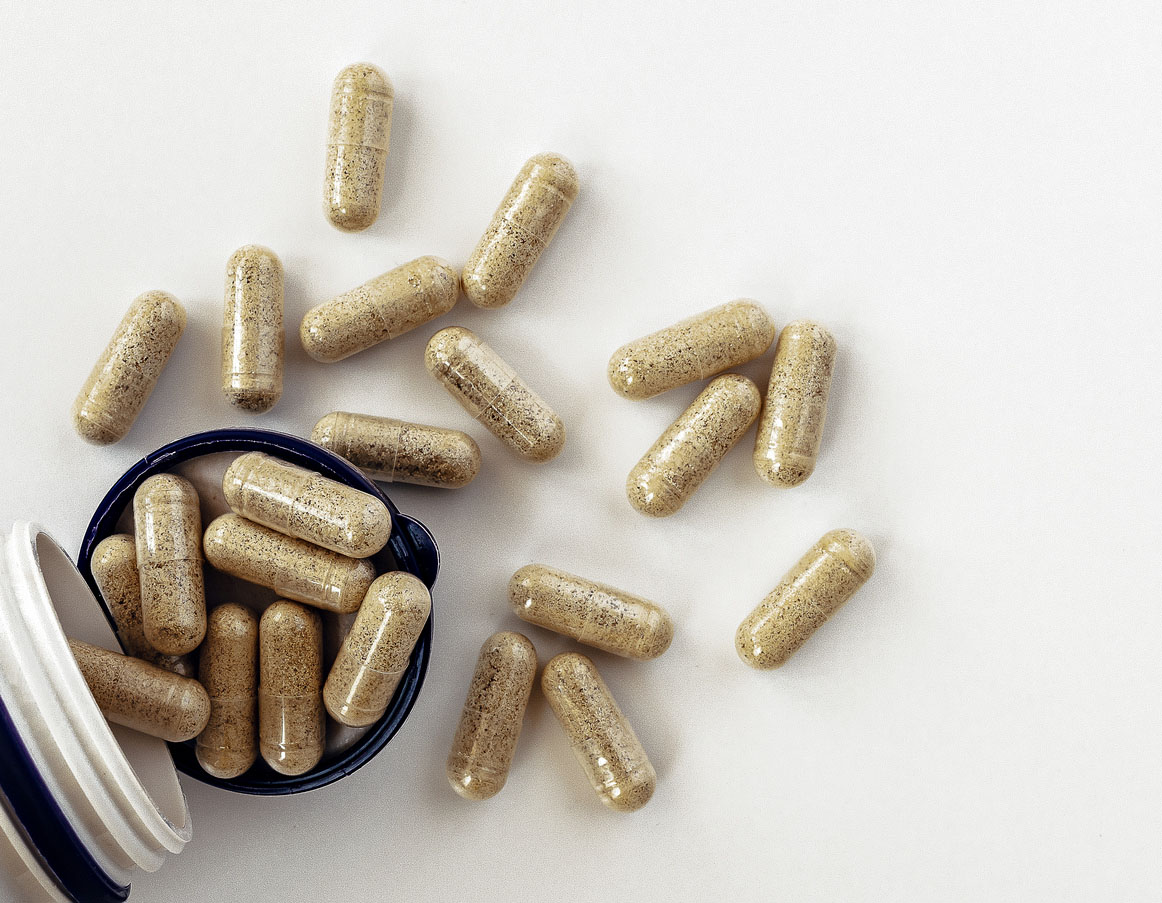I’ve now completed my thirty-day test-drive of the Whole30 Diet and I want to share my impressions with you. Many of you have been following my journey on Facebook as I post photos of the meals I’ve been eating; if you haven’t seen them, check them out here.
 For a brief introduction to the Whole30, check out my recent article describing it. There are a whole lot of user-friendly resources at Whole30.com. You can also get the books, The Whole30: The 30-Day Guide to Total Health and Food Freedom
For a brief introduction to the Whole30, check out my recent article describing it. There are a whole lot of user-friendly resources at Whole30.com. You can also get the books, The Whole30: The 30-Day Guide to Total Health and Food Freedom and It Starts With Food: Discover the Whole30 and Change Your Life in Unexpected Ways
.
But before I tell you how I fared, a couple of caveats. The authors of the Whole30 program, Mellissa and Dallas Hartwig, try to provide the scientific rationale for the foods that they proscribe from the Whole30. Mostly, they’re trying to offer a modern, user-friendly adaptation of the Paleo Diet, consumed by our ancestors 10,000 or more years ago. Here are the main deletions:
1) Sugar. In all its forms. No weasel words like natural agave syrup, fructose, maltitol, organic honey, dark chocolate, or juice extract. Just go cold turkey. Even fresh juices and dried fruit are banned.
Does this make sense? Is zero-tolerance for sugars de rigeur for everyone? Possibly not, as long as one’s metabolism tolerates them, in moderation, without getting on a blood sugar roller-coaster and experiencing hypoglycemia—or worse, insulin resistance with resultant obesity, inflammation, and heightened risk for diabetes, heart disease, and even cancer.
But it’s the rare individual who doesn’t have, to a greater or lesser extent, a sugar “jones” that will propel them toward ever-higher simple carbohydrate consumption—it’s in our primitive DNA to opportunistically seek out sweet flavors to forestall caloric insufficiency. And who performs sustained exercise like a caveman, especially when physical disabilities hobble you in older age?
So, it’s in our interest to try at least a short trial of complete sugar elimination to see if it allows weight loss, mood stabilization, or freedom from a sugar-related medical condition.
2) Alcohol. Don’t get me wrong, I’m no teetotaler, nor do I swing an axe with the likes of Carrie Nation. Besides, we’re often told that a little bit of alcohol, especially red wine, is good for the heart. But alcohol can be a metabolic poison, it disinhibits appetite control, and it may result in swings of mood and energy. While a little “night-cap” is enjoyed by many, most studies suggest alcohol undermines the quality of sleep. And some people are just plain addicted to it, to the detriment of their mental clarity and emotional balance.
Therefore, in the spirit of the Elimination Diet, a tool employed frequently by integrative doctors to get to the bottom of elusive complaints, it’s worth getting on the wagon for thirty days to see if you feel better.
3) Dairy. It is said that our Stone Age forebears consumed no dairy other than mother’s milk. The argument is that the last few thousand years didn’t give our genes time to catch up to our modern consumption of milk and cheese products. But new studies indicate that genes adapt to dietary innovations faster than we once thought. The adaptive mutation that allows some population groups (but not all) to digest milk as adults may have been introduced a scant 5,000 years ago. Plus, there’s evidence that whole (but not low-fat) dairy products have a lot of benefits: they contain beneficial conjugated linoleic acid, may lower blood pressure, aid weight loss, and the saturated fat they deliver does not appear to be implicated in heart disease risk, as was once thought.
On the other hand, many people are allergic to dairy (sinus congestion, asthma, acne, eczema, migraines), or don’t tolerate it well. Plus dairy, unless organic, is often a Trojan horse for environmental pollutants. Some studies have linked it to higher risk of prostate, breast and ovarian cancer. And it’s addictive (especially savory cheeses)—some research suggests dairy casomorphins mimic the effects of opiates in the brain.
Suffice it to say, while the dietary controversy about dairy continues to rage, some people obtain distinct benefits from its elimination, while others do fine with it.
4) Grains. All grains. Not even gluten-free products, no whole grain brown rice, no quinoa, no amaranth. And certainly nothing made with flour. Is this merited? Admittedly, only a small fraction of people have true celiac disease, perhaps a far higher percentage are intolerant to gluten, but are all grains bad?
The Paleo creed dictates that grains are a modern invention, not suitable for the GI tracts of homo sapiens. But there’s evidence that tens of thousands of years ago, even before domestication, proto-humans gathered grasses and pounded their seeds into primitive “loaves” which augmented their diets with calories when there was a dearth of other foods. Aren’t the fiber and nutrients present in whole grains worth having?
But many of my patients, especially those with gastrointestinal ailments like ulcerative colitis, Crohn’s Disease and diverticulitis benefit enormously when they follow the SCD—the Specific Carbohydrate Diet. And, grains deliver readily-assimilable carbohydrates which can contribute to caloric overload. Besides, a lot of gluten-free products are calorie bombs. Many patients lose scads of weight when they eliminate grains, normalize elevated blood sugar, and drop sky-high cholesterol and triglycerides when they eschew all cereals. So, for some at least, a trial of grain elimination might pay off.
5) Legumes. Possibly the most controversial aspect of the Whole30. In calling for the elimination of legumes, the Hartwigs might be on shaky scientific ground. Their claim is that beans are mostly caloric starch. But they’re of the low-glycemic index kind, their complex carbohydrates time-released slowly, and encased in a high-fiber matrix. The Hartwigs invoke the controversial notion of “lectins”—plant substances that protect plants from pests and may have damaging effects on the gut wall, said to promote “leaky gut” when you eat beans. Legumes also contain plant compounds that resist digestion, theoretically leading to malabsorption.
While it’s far from settled science that legumes are bad for everyone, getting rid of beans may be beneficial for some. They’re on the “FODMAPS” Diet hit list of foods that can contribute to GI distress. Besides, soy is mostly GMO these days, and there are questions as to its digestibility and whether it may have an anti-thyroid effect. Then there are peanuts, which, even if you’re not allergic to them, are a trigger food for many who can’t resist dipping their fingers in the peanut butter jar (mea culpa!).
6) Bad oils. The Whole 30 prohibits trans fats, minimizes polyunsaturated fats (except Omega 3 oils) and emphasizes saturated fats from meats, ghee, lard, coconuts, and macadamias. The Hartwigs don’t even want you to have too many almonds because of their rich Omega 6 content. This flies in the face of much conventional nutritional wisdom because saturated fats have long been (wrongly) stigmatized.
I think some pushback is deserved here, because olive oil, almonds, walnuts and flaxseed—all sources of Omega 6, but rich in polyphenols—deserve a place at the table. But Whole30 doesn’t prohibit these, they just want you to cut down, because they want to modify your satiety hormones with an oil change that tames your leptins. Minimizing Omega 6 oils might also cut down on inflammation.
To its credit, the Whole30 got me to rethink gobs of mayonnaise that contains poor-quality GMO soy and canola oil. Instead, I now use special mayo made with avocado oil, and read labels a lot on dressings and condiments.
Here are some questions I was left with about the Whole30:
1) What about nightshades? The Whole30 allows tomatoes, white potatoes, eggplant and peppers, foods to which some undoubtedly are sensitive, and which some Paleo diets exclude. They may trigger gout and arthritis, and are considered by some to be “modern” products of agricultural domestication.
2) Too many carbs? While drastically restricting sugar, grains, and legumes, the Whole30 allows you to have plentiful fruit (albeit the less sugary varieties), potatoes both white and sweet, yams, and winter squash. Admittedly, they advise those desirous of weight loss to limit these.
3) Too much animal protein? One might expect so with the elimination of so many other food groups, but in actuality, the diet is varied. It is soooo not Atkins. The Hartwigs deliberately accentuate lots of high-fiber plant products and healthy fats with satiety value that allows you to be less reliant on animal protein. Therefore, I think there’s little danger of going acidic, developing gout, or overburdening your kidneys with the waste products of protein metabolism.
4) Too much saturated fat? Actually, that’s precisely the point of the Whole30—to provide satiety with plenty of saturated fats; they alleviate cravings for starches and sugars. No question there’s nothing like fat to induce a feeling of fullness. My new Whole30 pantry is crowded with jars of ghee (clarified butter), coconut oil, lard salvaged from bacon, and duck fat.
But isn’t all that saturated fat bad for you? Many health authorities continue to perpetuate this shibboleth. But new studies vindicate saturated fat. It’s important to seek out grass fed, organic or pasture-fed sources of eggs, meat, poultry and dairy oil because they have a better fatty acid profile, and they’re less likely to be laden with environmental toxins. And that much fat is only OK for you if you correspondingly dramatically curtail the sugar and starches, as is called for by the Whole30.
5) Too expensive? Grass-fed meat, pastured eggs, ghee, special mayo, organic fruits and vegetables—the costs may add up. The Hartwigs encourage you to go for the best quality food, but they provide tips for economizing with the least harmful conventional produce and meats where feasible.
6) Too inconvenient? Yes, you spend a lot more time preparing food and foraging for esoteric supplies, but after a while I developed a routine and began to be more efficient about shopping and cooking. And when going out, most restaurants are accommodating when you ask for plain, unadorned food, free of prohibited ingredients.
7) Boredom? Yes, if you’re unimaginative with food choices and you fall into a rut. This didn’t happen to me because I actually expanded my food repertoire and began exploring new ingredients and preparation techniques.
8) Social ostracism? I could see this happening if you’re doing this alone without some spousal or peer support, especially if your friends or family deride your food choices. You need to prepare a script for those social occasions when people say: “Won’t you just try a little of this—it’s delicious!” I was lucky enough to have family members—and even the crew who produce this newsletter and my radio show—try this along with me, and so we had some great meals together.
9) An invitation to “orthorexia?” The word means literally “straight-eating” and has come to signify overly narrow food consumption, bordering on obsession. Dividing foods into “good” and “bad” might fuel nascent eating disorder tendencies, so beware of going overboard. Don’t let your whole identity revolve around your exquisitely impeccable diet—you might live longer, but it’ll certainly SEEM a whole lot longer!
So how did I feel on the Whole30 program, and what benefits accrued for me? Is it right for you? Stay tuned to Part 2 of this article next week to get my verdict!






